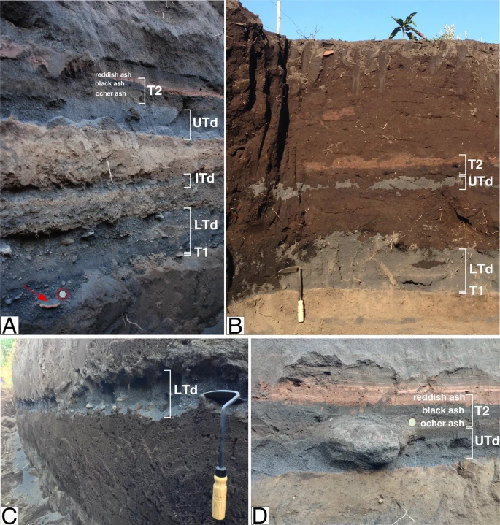Geoarchaeological Evidence of Middle-Age Tsunamis at Stromboli and Consequences for the Tsunami Hazard in the Southern Tyrrhenian Sea

Rosi M., S.T. Levi, M. Pistolesi, A. Bertagnini, D. Brunelli, V. Cannavò, A. Di Renzoni, F. Ferranti, A. Renzulli & D. Yoon
Nature, Scientific Reports 9 , 1–10, doi: 10.1038/s41598-018-37050-3
Abstract
Large-scale landslides at volcanic islands are one of the most dangerous geological phenomena, able to generate tsunamis whose effects can propagate far from the source. However, related deposits are scarcely preserved on-land in the geologic records, and are often difficult to be interpreted. Here we show the discovery of three unprecedented well-preserved tsunami deposits related to repeated flank collapses of the volcanic island of Stromboli (Southern Italy) occurred during the Late Middle Ages. Based on carbon datings, on stratigraphic, volcanological and archaeological evidence, we link the oldest, highest-magnitude investigated tsunami to the following rapid abandonment of the island which was inhabited at that time, contrary than previously thought. The destructive power of this event is also possibly related to a huge marine storm that devastated the ports of Naples in 1343 (200 km north of Stromboli) described by the famous writer Petrarch. The portrayed devastation can be potentially attributed to the arrival of multiple tsunami waves generated by a major landslide in Stromboli island, confirming the hypothetical hazard of these phenomena at a regional scale.


Devi effettuare l'accesso per postare un commento.